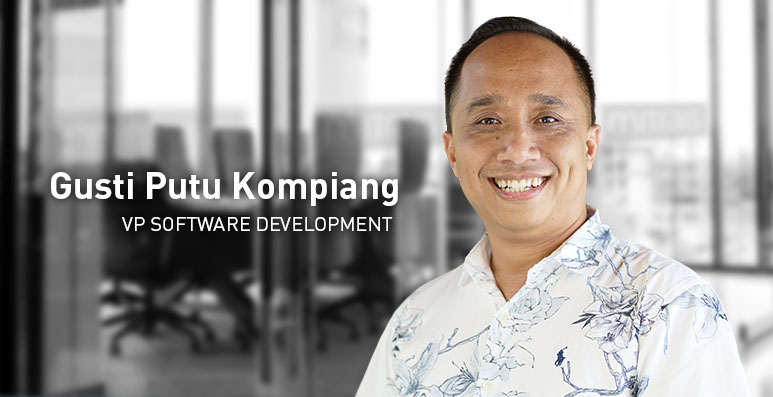
Welcome to our second newsletter for 2020.
It seems like a lot has happened around the world since our last newsletter, but thankfully it seems that many regions are now starting to emerge from the shadow of COVID19, and that most areas of the Asia-Pacific region, although obviously disrupted, have been relatively lucky. Now there is an opportunity to start to return to normal business activity and recover from the economic impacts.
In this spirit, our featured clients this time are Greg and Barbara Shapland, developers of Carefactor. Initially designed to help families provide care for older relatives, it became obvious that Carefactor offered great opportunities for those caring for family members managing chronic illness as well. Then, when COVID lockdowns became the norm, Carefactor became very relevant to a whole new audience isolated from families. It is a great story of the right product at the right time.
The Work-From-Home model imposed on many for the last few months has really crystalised the challenges that the transition can pose, not least for those involved in software development. Luckily, Mitrais have long been champions of distributed teams, particularly in Agile environments. In our article on Agile Development in Distributed Teams we have some great tips for you to consider that might help clear some of these hurdles.
The freshly signed Indonesia-Australia Comprehensive Economic Partnership Agreement will come into effect from July 5 this year and is an exciting opportunity for greater business engagement between these two major South-East Asian economies. We discuss some of the background in this issue.
Our Featured Employee article this time welcomes back Rob Mills to the Mitrais family. Many of you will remember Rob from his previous role as Executive Vice President of Mitrais and from his decades of experience in the Australian software industry, and we are very happy to have him back onboard.
We hope that you enjoy this newsletter, and we wish you, your family, friends and staff the best of health and prosperity in the coming year.